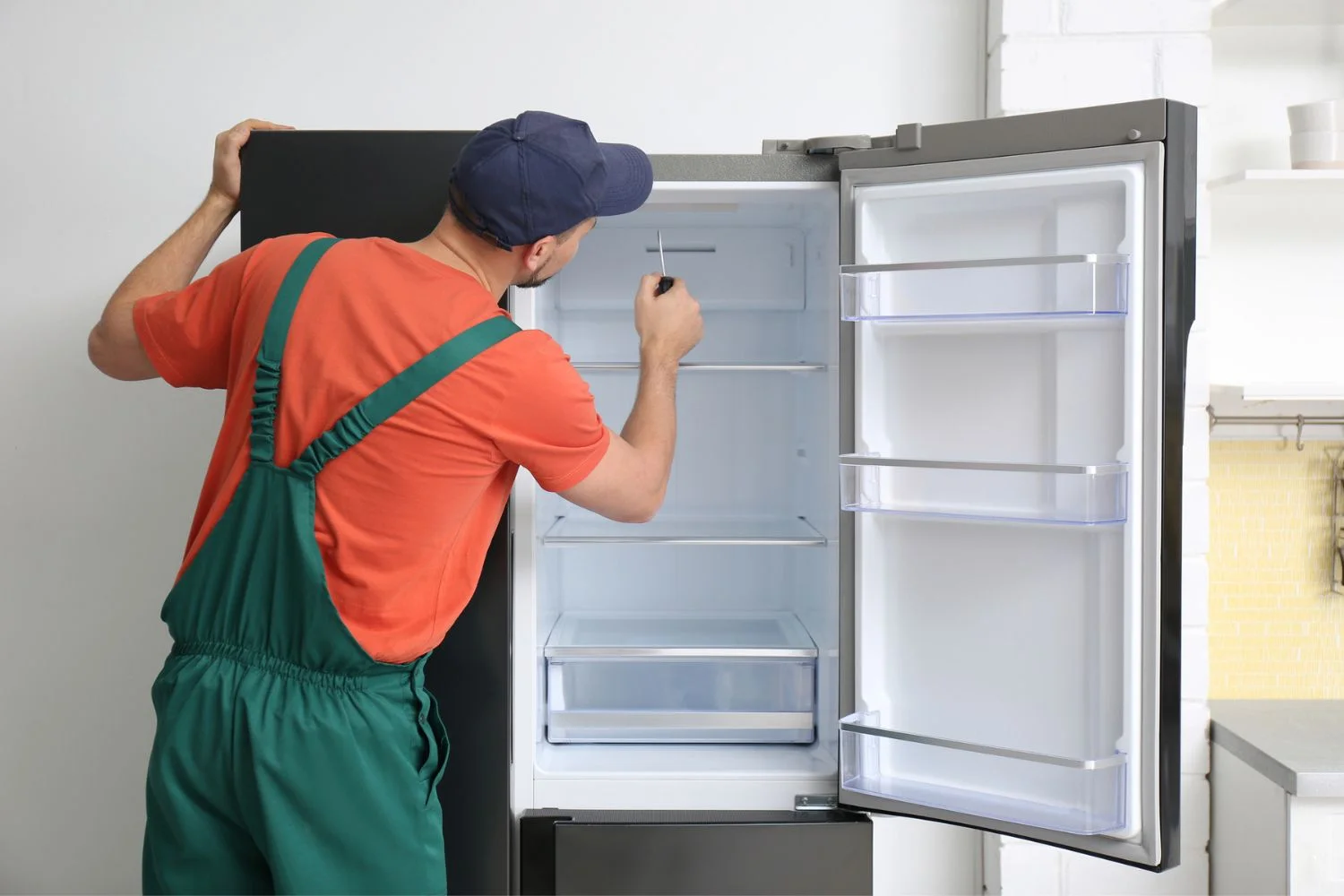Introduction
In the realm of household appliances, the refrigerator stands as an essential cornerstone, preserving our food and contributing to the convenience of modern life. Over the years, refrigeration technology has evolved, with one significant innovation being the advent of frost-free refrigerators. In this article, we will delve into the fascinating journey of refrigeration, exploring the intricacies of frost-free technology, its benefits, and its impact on our daily lives.
The Genesis of Refrigeration
Refrigeration is not a recent development; its origins can be traced back to the early 18th century. The first rudimentary ice houses and iceboxes relied on natural ice to keep perishables cool. However, the real breakthrough occurred in the mid-19th century with the invention of mechanical refrigeration. Pioneering minds like Jacob Perkins and Alexander Twining laid the groundwork for the refrigeration systems we know today.
Frost-Free Refrigerators: A Technological Leap
As society progressed and demands for efficiency and convenience increased, so did the need for more advanced refrigeration solutions. Traditional refrigerators, though revolutionary in their time, posed a common challenge – the accumulation of frost. Frost build-up inside the freezer compartment not only affected the appliance’s efficiency but also necessitated periodic manual defrosting by users.
The Struggle with Frost
Early refrigerators required users to manually defrost them, a laborious and time-consuming task. Frost would accumulate on the evaporator coils over time, reducing the appliance’s efficiency and forcing users to endure the inconvenience of removing food items, turning off the refrigerator, and manually melting the accumulated ice.
The need for a more user-friendly and efficient solution led to the development of frost-free refrigerators. These appliances, equipped with advanced technologies, eliminated the need for manual defrosting, making them a significant leap forward in the world of refrigeration.
How Frost-Free Refrigerators Work
Frost-free refrigerators employ a sophisticated system to prevent the build-up of frost and ice within the freezer compartment. The key component in this system is the automatic defrosting mechanism.
Automatic Defrosting Mechanism
In a frost-free refrigerator, the automatic defrosting mechanism relies on a timer, a heating element, and a thermostat. The timer activates the defrosting process at regular intervals. When the timer signals, the heating element turns on, melting any accumulated frost on the evaporator coils. The thermostat ensures that the process stops once the desired temperature is reached.
This innovative mechanism not only eliminates the need for manual defrosting but also ensures that the refrigerator operates at optimal efficiency, providing consistent cooling without the hindrance of frost build-up.
Benefits of Frost-Free Refrigerators
The transition from manual defrost to automatic defrost brought about a myriad of benefits for users, making frost-free refrigerators a popular choice in modern households.
1. Time-Saving Convenience
The most apparent advantage of frost-free refrigerators is the time saved by eliminating the need for manual defrosting. Users no longer have to plan for defrosting sessions, allowing for a hassle-free experience and freeing up time for other essential tasks.
2. Energy Efficiency
By preventing frost build-up on the evaporator coils, frost-free refrigerators maintain optimal energy efficiency. The absence of ice accumulation ensures that the appliance operates smoothly, consuming less energy and contributing to lower electricity bills.
3. Food Preservation
The consistent temperature maintained by frost-free refrigerators enhances the preservation of food. Without the hindrance of frost, items in the freezer remain free from freezer burn, retaining their original texture and flavor for a more extended period.
4. User-Friendly Design
Frost-free refrigerators often feature a more user-friendly design. With no need for manual defrosting, these appliances typically have better-organized freezer compartments and shelves, making it easier for users to access and arrange their food items.
Conclusion
In the grand narrative of refrigeration, the advent of frost-free technology marks a significant chapter. The evolution from manual defrosting to automatic defrosting has not only simplified the lives of users but has also contributed to energy efficiency and improved food preservation. Frost-free refrigerators stand as a testament to the continual innovation in household appliances, where practical magic meets the demands of modern living. As we continue to strive for convenience and efficiency, these appliances serve as a reminder of the incredible journey of technological progress in our daily lives.







